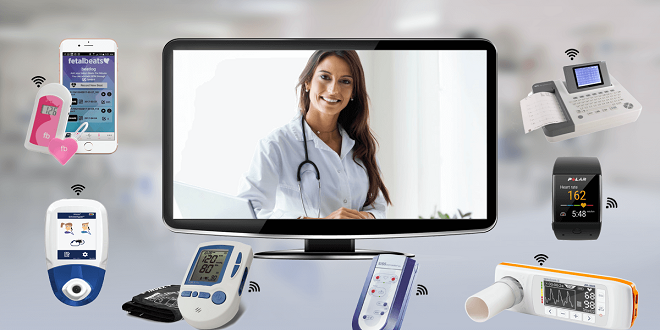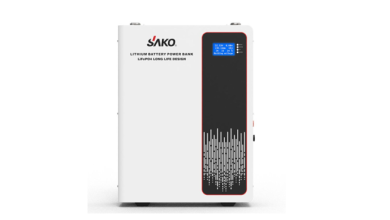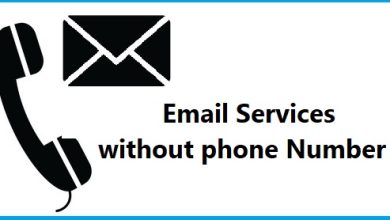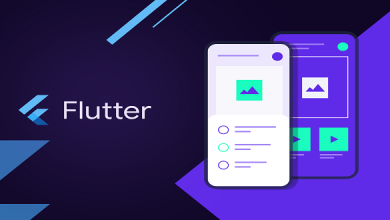Role of remote patient monitoring devices in the health of individuals

In today’s world, technological innovations are the foundation of every industry. No matter the industry’s size or scope, technological innovations can greatly improve its efficiency and provide value. This is also true for healthcare, which has made great strides in leveraging modern technology to provide advanced medical care to its patients. The technological advances in healthcare don’t just impact the quality of care, but also the delivery of medical assistance. Digitalization has made healthcare more accessible and easier for patients and improved the quality of care.
The remote patient monitor is a well-known branch of telemedicine that has been adopted in the wake of Covid-19. RPM is a type of care delivery that uses digital health monitoring devices such as smartphones, wearables, and vitals recorders. It allows patients to be regularly logged on to their condition and analyzed by their doctors to help them make informed decisions about their treatment and to monitor their health in-between visits. RPM devices play a crucial role in closing the gap between patients, providers and making preventative treatment more efficient and ultimately improving health outcomes. Let’s take a closer look at remote patient monitoring devices and their positive impact on patients’ health.
Better outcomes are more likely and less stressful
Patients who communicate with their doctors via remote patient monitoring devices have better clinical outcomes. Remote patient monitoring devices can be used to monitor patients with critical conditions such as heart disease and other serious illnesses. This will help them avoid any complications and improve their chances of recovery. Remote monitoring devices (RPM) allow for better outcomes and less stress than frequent visits to the clinic.
-Lower readmission rates in hospitals, ERs and care facilities
VHA discovered that RPM usage for a year reduced re-hospitalizations by 50% and emergency department visits fell 11%. Patients can record their healthcare information using RPM devices. This allows doctors and physicians to predict future risks and offer preventive treatment. After a patient has been discharged from hospital, they can enroll in an RPM program to receive continuous, thorough follow-up and avoid rehospitalization.
Providers can continue to monitor and treat patients with -RPM devices
A patient’s ability to communicate with their doctor once they leave a clinic can be cut. This can lead to a decrease in their holistic treatment and lower chances of success. RPM devices are able to help patients and their providers communicate remotely and work together to improve patient outcomes. RPM devices can be used to monitor treatment compliance and doctors can make adjustments and recommendations to care plans for the most current patient management and care. High-end sensing technology can alert caregivers, doctors, and patients’ families to any potential life-threatening mishaps. Patients can regain control over their health and wellbeing and increase their chances of recovery thanks to the increased engagement provided by RPM devices.
Monitoring patient data more often makes it easier to spot red flags
Patients who are engaged in RPM programs can be protected from unimaginable complications, as we have already mentioned. Physicians have access to a constant stream of patient information that allows them to identify potential red flags and take proactive steps to ensure patients are on track with their healthcare. Doctors and physicians can also identify trends in patient data that could indicate future exacerbations and take proactive steps to prevent them. Remote patient monitoring gives physicians the ability to see potential health problems and use their medical knowledge and expertise to provide successful patient outcomes.
Patients are encouraged to be more involved in their own treatment
Patients who partner with healthcare providers in RPM programs to improve their health and wellbeing are encouraged to be involved in their care and to take self-care measures. Patients who are involved in RPM programs have a higher rate of treatment adherence. Patients and their families can also be confident in the authenticity and sincerity of their healthcare providers’ treatment thanks to RPM programs.
-Very useful in managing chronic conditions
RPM programs are very useful in treating chronically ill patients, as they allow for continuous medical evaluations. RPM programs facilitate regular, high-quality communication between providers and patients, which allows for better management of chronic diseases. Diabetes and other chronic diseases can quickly escalate and require frequent medical evaluations to ensure that timely intervention is possible. RPM programs are designed for patients with chronic illnesses and provide reassurance to their loved ones that they are receiving competent medical care.
Future vision: Innovations in remote patient monitoring
In every sector of healthcare, innovation is a constant. Remote patient monitoring is no exception. Remote patient monitoring devices powered by IoT or AI will be revolutionized with their unique real-time data tracking capabilities and transmission capabilities. Computer vision technology is also being used to monitor the patient’s environment and detect suspicious activity that could indicate an accident. Health Wealth Safe is a leader in RPM solutions and is constantly working to improve and automate more RPM activities for healthcare providers to enable them to provide better medical care and attention.
Author Bio :
Dr. Subodh Agrawal
Dr. Agrawal owns Athens Heart Center, and is also the CEO of Doctors ACO. He received his MB BS degree at SMS Medical College, University of Rajasthan (India). His fellowship was completed at Emory University School of Medicine, and University of Alabama: Birmingham. After graduating from medical school, Dr. Agrawal moved abroad and held the positions of Senior House Officer in Kitwe Central Hospital, Zambia, and Bury General Hospital, England. He also served as a physician at Nurnberg Army Hospital, West Germany.
He is a board-certified cardiologist, an internist, a sleep medicine practitioner, and a pain management specialist. He gives back to the medical community outside of his office through Physicians Circle for Patients. This non-profit helps low-income patients to pay for their medical services.



